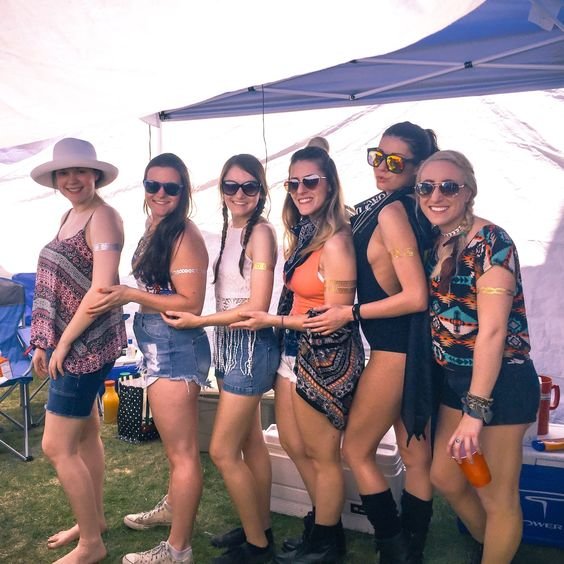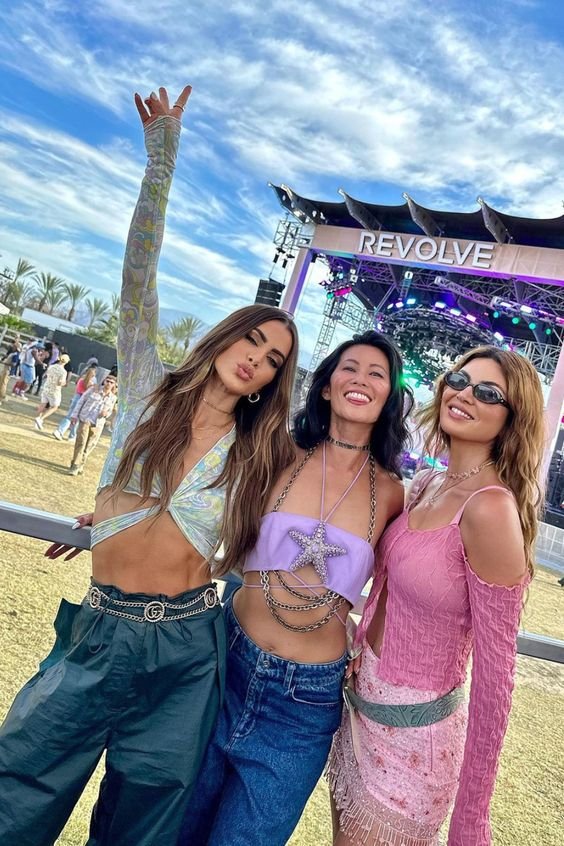The History of Coachella
The History of Coachella
By Abby Fulmar
The annual Coachella Valley Music and Arts Festival is one of the most respected festivals in the world. Everyone from high school students to award-winning actors gather in the heart of the Colorado Desert to enjoy their favorite musical artists under the blazing California sun, and those not in attendance anxiously await their favorite influencer’s OOTDs and vlogs from the festival. With the help of Coachella, music festivals have become as definable a characteristic of springtime as April showers and May flowers. However, the festival was not always the coveted experience it is today.
In 1993, rock band Pearl Jam held a concert at the Empire Polo Club in Indio, California in response to Ticketmaster’s outrageous service charges added to ticket purchases. This was the first time the venue held an event of that magnitude, so after the massive success of the concert, promotion companies took notice of the location’s untapped potential.
Paul Tollett and his company Goldenvoice were on the brink of collapse in the mid-1990s. He was sick of losing concert bookings to larger companies, so after seeing the potential of Coachella Valley, he decided to create his own festival. Tollett and Goldenvoice Co-President Rick Van Santen visited the Polo Club and instantly knew it would be the perfect place to hold a festival. After a year of convincing the venue, Goldenvoice officially announced The Coachella Valley Music and Arts Festival on July 28, 1999 with a lineup of 40 acts.
Following the devastation and violence at Woodstock earlier that year, Coachella’s organizers desired to create a comfortable and revolutionary festival experience. They provided free water fountains, ample restrooms, and misting tents. They also booked acts based on artistic ability and creative talent, a striking contrast to festivals like Woodstock which often featured artists who were the most commercially successful at the time. Coachella ‘99 fell short of the 70,000 attendance goal by about 30,000 tickets, however, it proceeded with no major hiccups and critics were overwhelmingly positive about the festival’s future.
On-site camping was introduced in 2003 and 60,000 music lovers were in attendance, a steady increase from 1999. A year later, Coachella had its first sellout with a two-day total of 110,000 attendees, becoming a critically acclaimed festival. Single-day tickets were eliminated and replaced with three-day tickets in 2010, resulting in a record-breaking attendance of 225,000 people. In 2012, Coachella drastically upped the scale of the event by holding a second, separately ticketed weekend.
Coachella is now one of the most highly anticipated events of the year. The festival is live-streamed 24/7 on Youtube and partners with some of the biggest beauty, food, and clothing brands in order to maintain its “comfortable” environment first achieved by Goldenvoice 25 years ago. Brand ambassadors and social media influencers promote the festival, causing Coachella to be one of the biggest contributors to summer fashion trends.
While the Coachella Valley Music and Arts Festival has changed drastically since its conception, there is no doubt that it is still a beautiful celebration of artistry and creativity. The festival continues to show that no matter how the world changes, music's ability to unify will always be a pivotal part of the human experience.
For more lifestyle content, keep reading Square Magazine. For daily content, follow us on Instagram at @um.squaremagazine.
All images belong to their respective owners.




